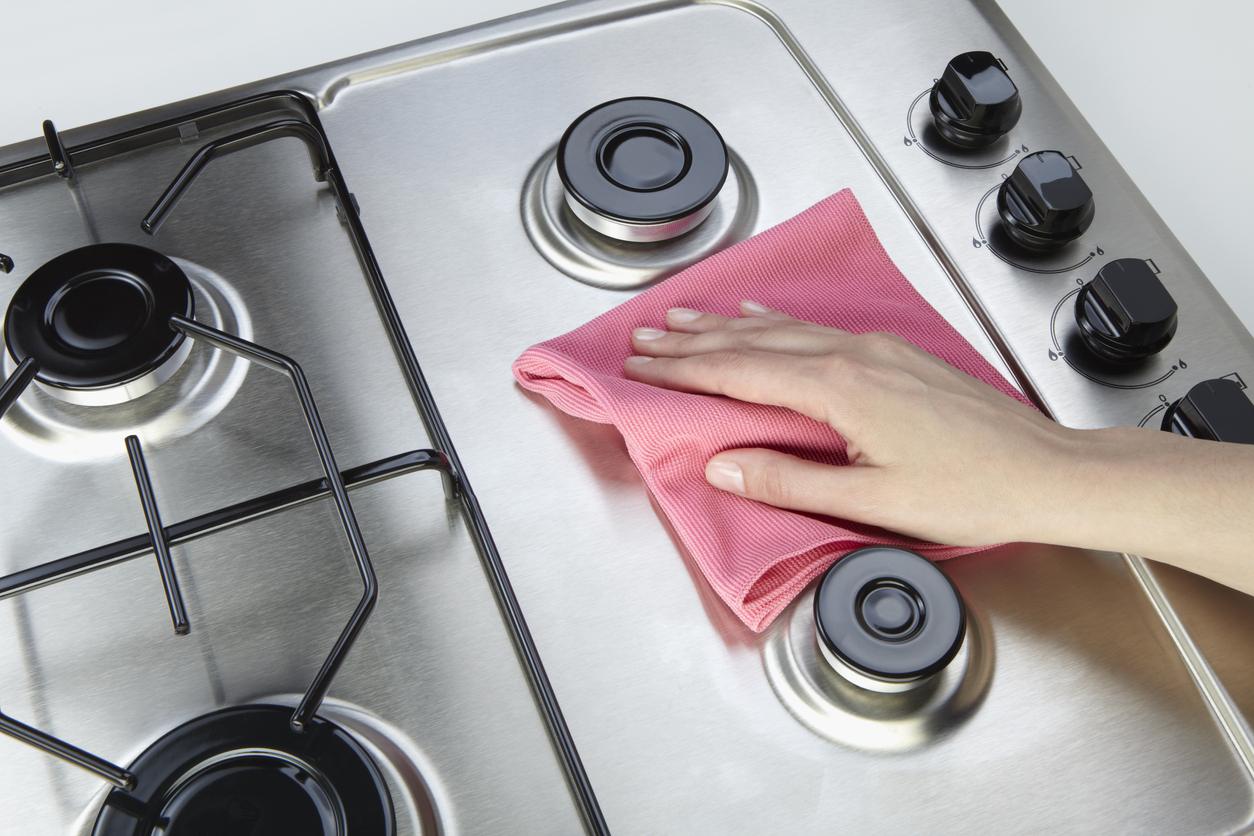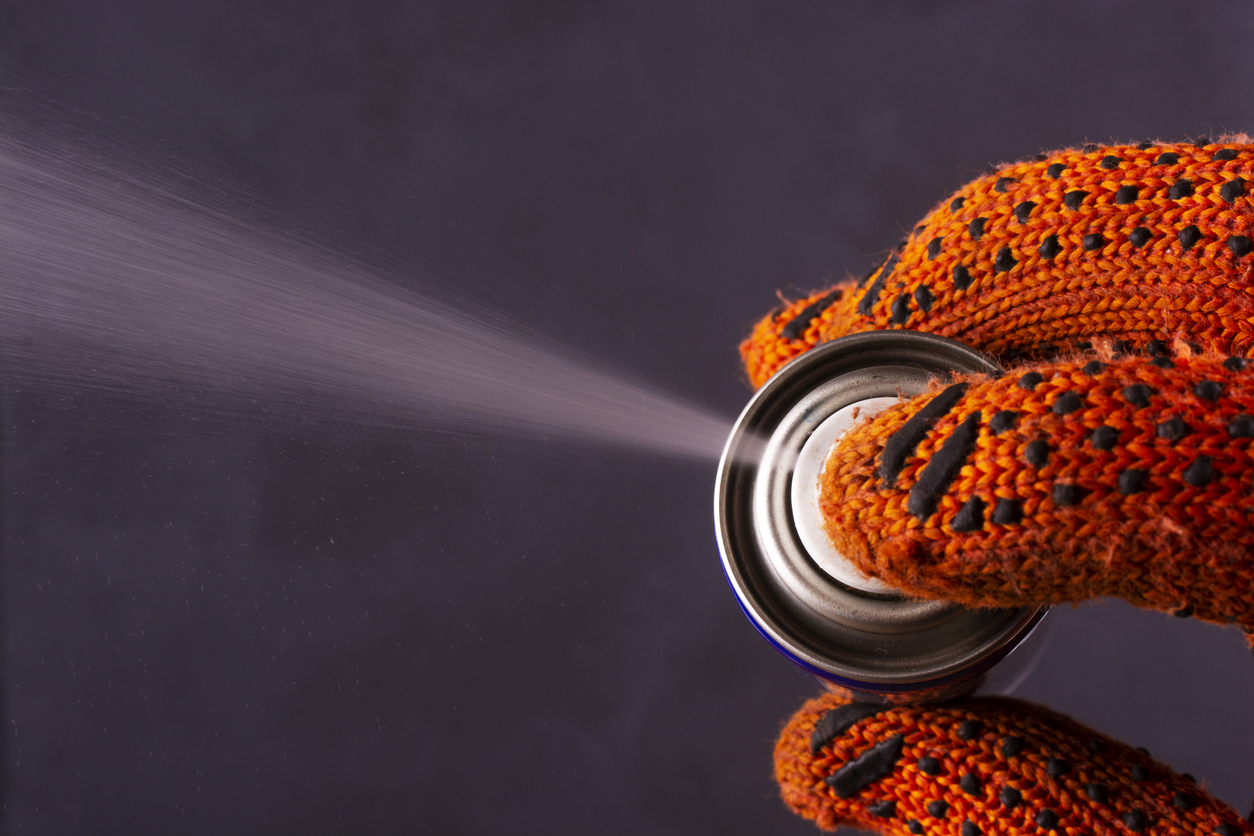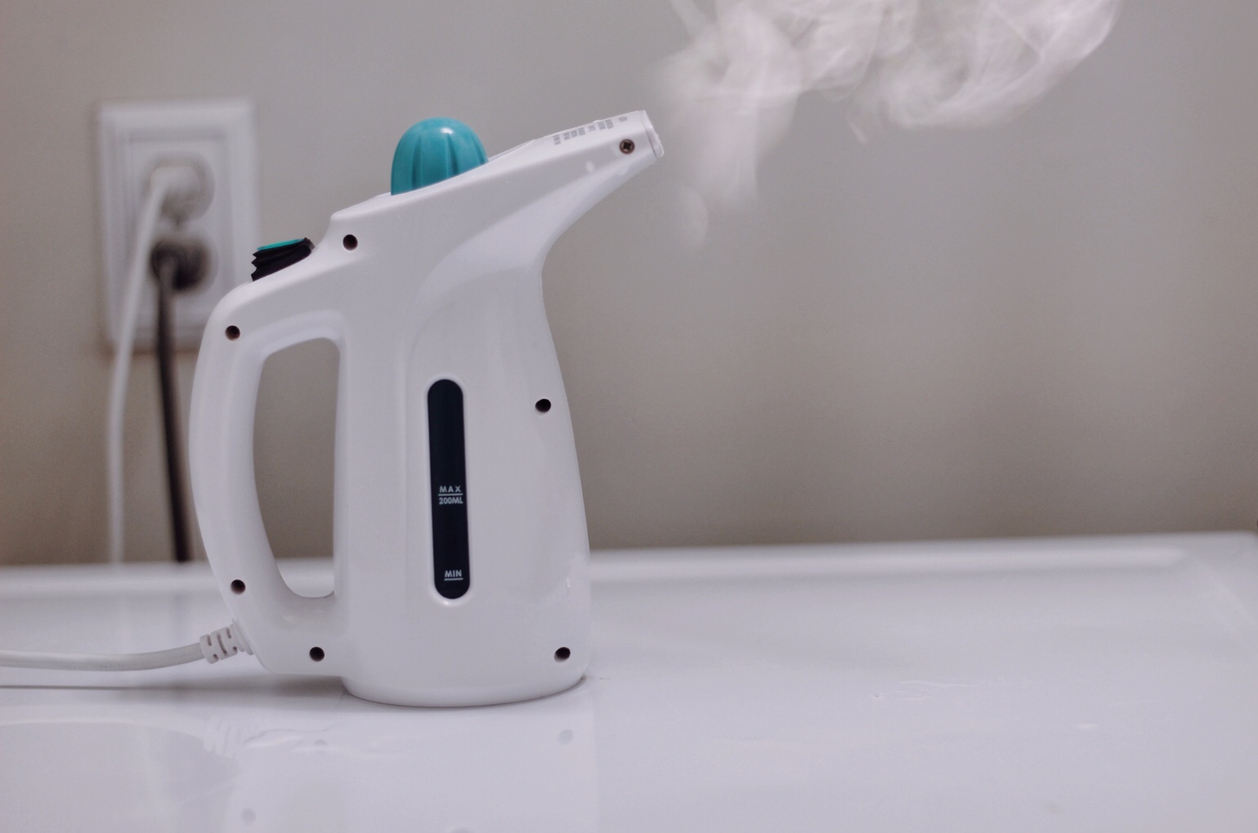Despite many attempts from different manufacturers to come up with the next big appliance finish, stainless steel remains an industry juggernaut, regarded as the most desired appliance finish among 75 percent of buyers just last year. Coupled with recent supply demand challenges that have placed designer appliance finishes on a temporary freeze, it’s safe to say stainless steel appliances will continue to hold their reign in households across America.
Of course, that’s not a bad thing. In fact, stainless steel has remained popular thanks to its versatility that works with most home designs and its ability to provide a high-end look at an affordable price. Yet despite these winning qualities, buyers still feel stainless steel appliances come with one major drawback: maintenance.
From fingerprints to grease and grime, stainless steel is a magnet for messes. However, the stainless steel finish of today is not the same as the one from yesteryear. In fact, with little maintenance, users can now enjoy the best aspects of stainless steel with less work. Follow our tips on how to clean stainless steel to see how easy it is to keep stainless steel appliances brilliant in your home.

Stainless Steel Cleaning Tips
All-in-all, stainless steel has become increasingly easier to maintain, often requiring just water and a towel. Still, using proper techniques to clean stainless steel will ensure an even longer-lasting finish. Keep these in mind as you clean:
- Use filtered or distilled water when cleaning, especially if your home has hard water.
- Always clean with the grain to avoid streaks.
- Clean messes as they happen; letting them settle may mean scrubbing later, which could damage the grain.
Lastly, always follow the manufacturer’s instructions on how to clean a stainless steel surface. Surprisingly, some stainless steel finishes are vulnerable to certain fumes found in popular stainless steel cleaners. In severe cases, stainless steel exposed to these fumes can cause permanent damage, and failure to abide by the manufacturer’s instructions can also negate a warranty.

Stainless Steel Sins
Stainless steel is pretty forgiving, but the last thing you want is to mistakenly ruin your stainless steel appliance by using the wrong method or cleaner. Avoid doing the following when cleaning stainless steel.
- Avoid using abrasives such as steel wool, scouring pads, or coarse powder cleaners that could damage the grain.
- Do not use bleach on stainless steel; it can lead to staining or damage called pitting.
✓ Tip: If bleach has been accidentally applied onto a stainless steel surface, wipe it off, saturate the affected area with water, and cover with baking soda. Let it sit for at least one hour. After an hour has passed, use a spray bottle to lightly wet the surface and wipe away baking soda. Repeat as necessary.
- While some brands such as Sub-Zero state ammonia is safe to use on their stainless steel surfaces, always check a manufacturer’s recommendations. As a reminder, ammonia is readily found in most commercial glass cleaners.
Assemble the Right Cleaning Tools
Unlike other surfaces in the kitchen, cleaning stainless steel appliances requires more than simply spraying with a cleaner and wiping down. That’s because stainless steel has a natural grain, and when not cleaned properly, streaks, prints, and messes become even more visible. Even worse, when the wrong tools are used to clean a stainless steel surface, the grain can be ruined, creating a permanent blemish that cannot be buffed out.
Cleaning tools
Sometimes, upkeep on your stainless steel appliances takes nothing more than using the cleaner recommended by the manufacturer. Still, whether a store-bought cleaner isn’t available, or you prefer a more natural way to clean, by keeping these tools on hand, you’ll be able to spot-clean as you go.

✓ Empty spray bottle
✓ Dish soap
✓ Baking soda
✓ Vinegar
✓ Oil (such as olive oil, mineral oil, or baby oil)
✓ Degreaser (such as WD-40)
Continue reading below to see how to use these tools in homemade stainless steel cleaners!
Drying tools
Always dry stainless steel surfaces with a soft, non-abrasive cloth, such as cotton microfiber. Microfiber works particularly well since it’s absorbent and won’t leave a trail of lint behind as you clean. Just make sure you have several on hand — a few for wet applications and a few for drying.
If you’re in a pinch, you can also use coffee filters. Since they’re designed to resist tearing when wet, they’re tougher than a paper towel, and best of all, they’re virtually lint-free. Simply layer a few atop another and wipe as you would with a microfiber cloth.
Additionally, passing a used dryer sheet over a clean stainless steel surface is a great way to buff out any remaining prints, and because they create static by nature, they attract stray specs of lint.
How to Clean Stainless Steel
Several different ways to clean stainless steel appliances have emerged since stainless steel’s claim to fame. While brands like GE, Whirlpool, and Frigidaire (among others) have developed smudge-resistant stainless steel appliance finishes that reduce the appearance of messes on an appliance, ultimately, cleaning will still be required.
Regardless of the brand or model, follow these tips on how to clean stainless steel appliances for a dazzling finish using items right from the pantry.
Dish Soap + Oil
Since dish soap acts as a degreaser, it works wonders at dissolving the oils from fingerprints and stuck-on food messes. Here’s how to use dish soap on your stainless steel appliances.
For this tip, you will need a large container, three microfiber cloths, dish soap, and oil (such as olive oil, mineral oil, or baby oil).
Instructions:
- First, fill a large container such as a bowl with warm water.
- Next, take one of the microfiber cloths and apply dish soap to it and then dip it into the warm water.
- Pass the wet cloth over the stainless steel surface, working with the grain.
- Then, take the dry microfiber cloth and dry the surface.
- Once the surface is dry, take a third microfiber cloth, apply oil to it, and pass it over the appliance surface, working with the grain. Make sure to buff the oil in.
- Once buffed, give the surface a final pass. When done properly, the surface should be shiny but not oily.
Baking Soda + Vinegar
This combination is often used on sinks, but it works just as well on stainless steel appliances. This stainless steel cleaning trick is especially good for getting rid of water stains.
For this tip, you will need a spray bottle filled with white vinegar, baking soda, and two microfiber cloths.
Instructions:
- First, liberally wet the stainless steel surface with water by passing a damp cloth over it.
- Next, sprinkle on the baking soda and let it sit for a few minutes.
- Once the baking soda has completely dried, spray vinegar over it and let it sit for a minute.
- After a minute or so, wipe the baking soda off with a wet towel, working with the grain.
- Give the surface a final pass with a dry cloth, making sure to dry with the grain.
For stubborn stains, you can also create a paste using water and baking soda, and then apply it to the surface. Continue the same method for steps 3 through 5.

Degreaser
Often found in auto shops, degreaser is a secret weapon for effectively ridding stainless steel of smudges and fingerprints. As a reminder, before using this tip, check the manufacturer recommendations. Additionally, make sure to use this tip in a well-ventilated kitchen, and avoid using on surfaces that may come in contact with food.
This cleaning tip requires a degreaser and two microfiber cloths.
Instructions:
- To avoid oversaturating the surface, apply the degreaser onto the microfiber cloth.
- Next, pass the cloth over the stainless steel surface, working with the grain.
- Finally, give the surface a final rundown with a dry cloth.
Since the solvent resists grease, your appliance will benefit from a natural barrier against grime and stains, plus a lovely shine.

Garment Steamer
You might have thought that the hand-held fabric steamer you bought (or were gifted) was only handy in emergency situations, but it turns out, a garment steamer is also a great way to clean stainless steel. Not only is it chemical-free, but steam-cleaning also disinfects up to 99.9% of bacteria found on surfaces.
While you can certainly use a professional steamer, a fabric steamer is more practical, affordable, and widely available.
For this tip, you need a steamer and a microfiber cloth.
Instructions:
- Fill up your garment steamer and let it come to temperature. Place a cloth on the head now to avoid burning yourself later.
- Once up to temperature, simply pass the steamer over the surface, working with the grain.
- Thanks to evaporation, drying is often not necessary. However, if you wish, you can give the surface a final pass with a dry microfiber cloth.

Your Home for Stainless Steel Appliances
As the largest independent appliance retailer in Virginia, East Coast Appliance is the number-one destination for appliances in your neighborhood. Whether you’re searching for stainless steel appliances or select appliance finishes, you can discover a wide selection of colors and finishes in our catalog of home appliances. Stop on by or give us a call to find a refrigerator, range, microwave, dishwasher, or laundry appliance to match your home’s style today!

